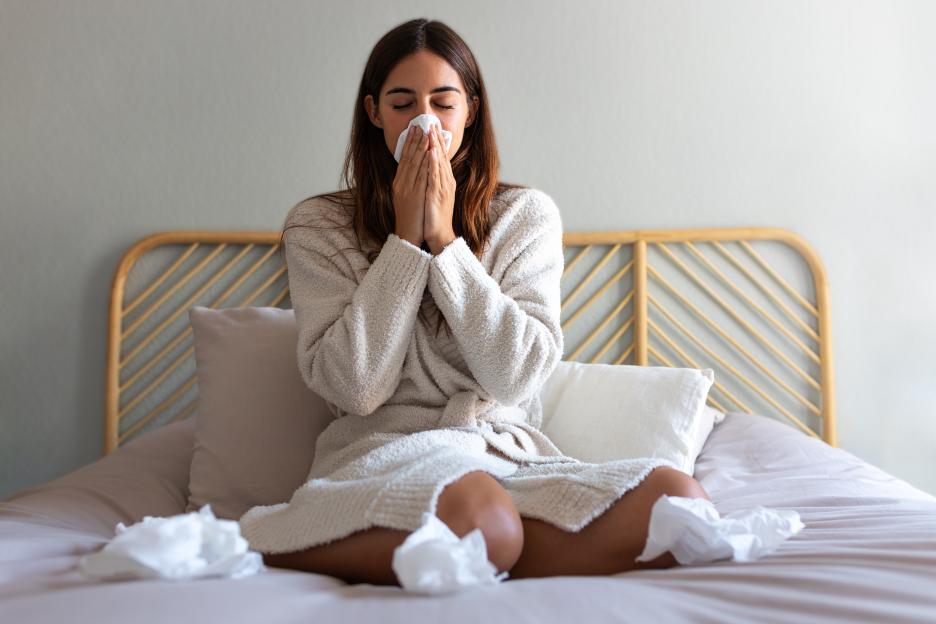Table of Contents
SPOTTING fuzzy black spores at home is an unwelcome yet common sight for many Brits during this season.
However, the severe consequences of mould were tragically highlighted in the case of Awaab Ishak, who passed away in 2020 shortly after his second birthday.
 Awaab Ishak, who died in December 2020 after exposure to mould in his housing association flatCredit: PA
Awaab Ishak, who died in December 2020 after exposure to mould in his housing association flatCredit: PA
 Exposure to mould in the home can adversely affect your healthCredit: Getty
Exposure to mould in the home can adversely affect your healthCredit: Getty
The two-year-old developed a severe respiratory illness after living in a one-bedroom housing association flat in Rochdale, Greater Manchester, that was infested with black mould.
His throat, windpipe, and other airways were swollen and congested, and fungus was discovered in his blood and lungs.
His father, Faisal Ishak, had repeatedly complained to the housing provider, Rochdale Boroughwide Housing, about the mould over the three years leading up to his son's death — yet no action was taken.
The outrage surrounding this tragedy led to the introduction of Awaab's Law, which takes effect today (October 27).
This law mandates landlords to promptly address reported hazards in social housing and to relocate tenants to safe accommodations when necessary.
Emergency and safety hazards must be resolved within 24 hours of reporting, significant damp and mould should be investigated within 10 working days, and properties must be made safe five working days after inspection.
Social housing landlords in England will face penalties and compensation orders if they fail to quickly improve conditions for tenants.
Mould develops gradually, creeping up walls, ceilings, and tiles in the form of black, white, or green patches.
It often emits a damp, musty odor, making the home uncomfortable.
Dampness can promote mould growth on walls and surfaces.
It is commonly caused by high humidity, which can arise from various factors, including prolonged rainfall, washing, or drying clothes indoors.
Dampness can also result from condensation, especially in bathrooms, or weaknesses in the home's structure, such as leaks or insufficient insulation or ventilation.
Government data indicates that an average of three percent of households in England are experiencing significant damp or mould issues — affecting approximately two million people.
Mixed white and black Caribbean households are the most likely to encounter damp problems, followed by black African households, as well as Pakistani and black Caribbean families.
Moreover, the English Housing Survey reveals that damp issues are more prevalent in rented properties (six to seven percent) compared to owner-occupied homes (two percent).
Signs Mould is Making You Sick
Eliminating mould from homes should be a top priority, health experts advise, as it can lead to respiratory issues, allergies, and other health problems.
As mould releases thousands of tiny spores into the air, it can trigger a range of symptoms.
Typically, these symptoms are respiratory or resemble those associated with allergies.
Possible symptoms include:
- A cough
- Skin rash
- Wheezing
- Coughing, particularly at night
The speed at which mould impacts your health depends on whether you have allergies or sensitivities to it.
 Individuals residing in homes with mould are more likely to experience health issues
Individuals residing in homes with mould are more likely to experience health issues
If you are allergic to mould, symptoms may develop immediately upon exposure to spores.
Otherwise, symptoms may take some time to manifest.
According to the NHS, certain individuals are more sensitive to damp and mould, including:
- Babies and children
- Older adults
- Individuals with existing skin conditions, such as atopic eczema
- Individuals with respiratory issues, including allergies and asthma
- People with weakened immune systems, including those undergoing chemotherapy
How Mould Affects Your Health
The concern with mould lies in its production of allergens (substances that can trigger an allergic reaction), irritants, and sometimes toxic substances.
When inhaled or absorbed through the skin, these substances can cause unpleasant symptoms.
Initially, these toxins may not be harmful at low levels. However, prolonged exposure can lead to adverse effects.
People living in mould-infested homes are more likely to experience:
- Respiratory problems
- Respiratory infections, including aspergillosis (an infection of the airways caused by the fungus






